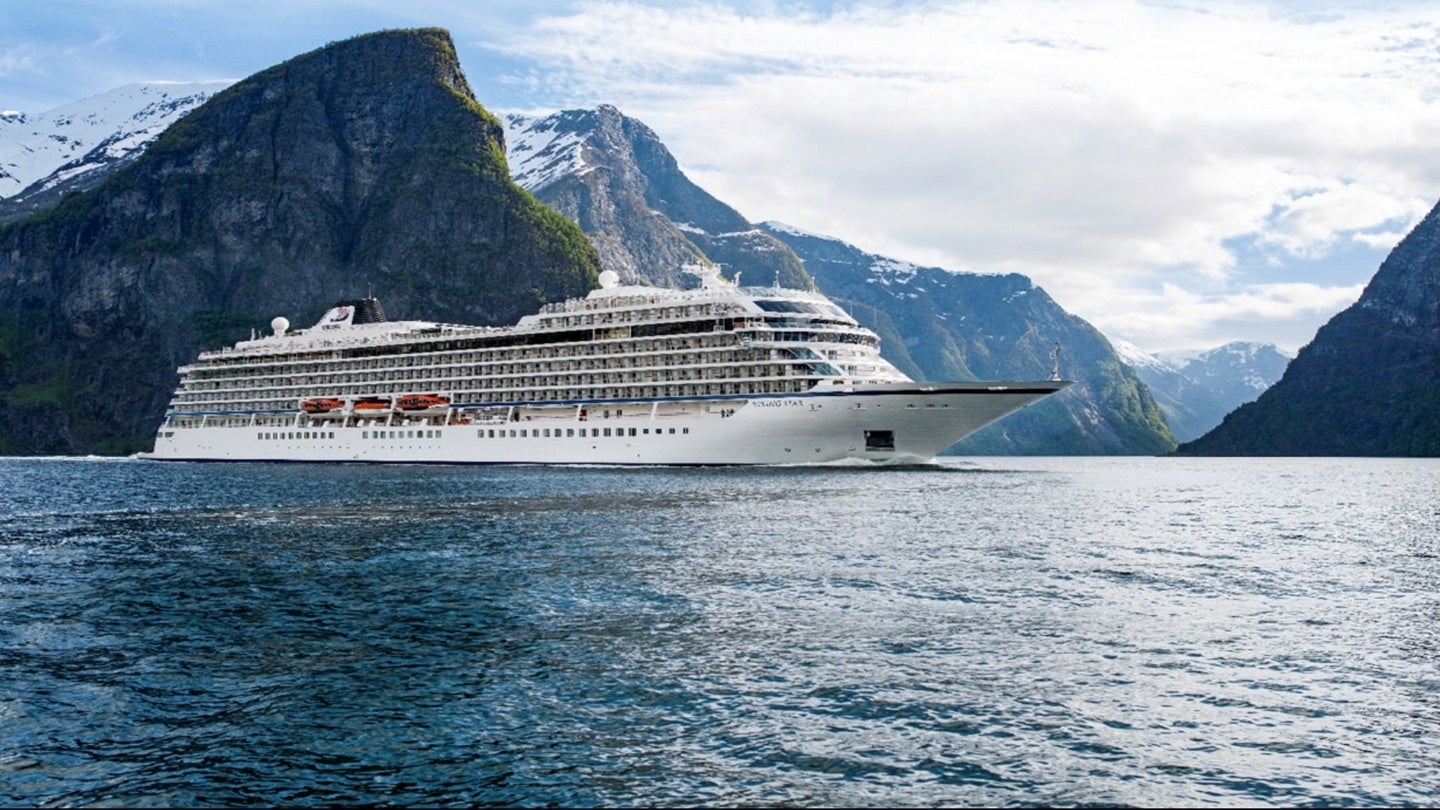Viking Libra and Astrea: Pioneering Hydrogen-Powered Cruise Ships on the Horizon
Key Ideas
- Viking Libra and Astrea will be the world's first hydrogen-powered cruise ships, with the former set to be delivered in late 2026 and the latter in 2027.
- The propulsion system of the ships will run on liquefied hydrogen in fuel cells, enabling them to navigate without emissions, contributing to environmental preservation.
- Viking's commitment to hydrogen signifies a move towards sustainable practices in the cruise industry, with plans for additional hydrogen-powered ships in the future.
- Fincantieri's collaboration with Viking in this venture underscores a joint effort to shape the future of sustainable maritime transportation, aligning with global decarbonisation goals.
Viking and Fincantieri have unveiled plans for Viking Libra and Astrea, the world's pioneering hydrogen-powered cruise ships currently under construction at Fincantieri's Ancona shipyard. Viking Libra, expected to be delivered in late 2026, will be a small ship with a gross tonnage of about 54,300t and 499 staterooms, accommodating up to 998 guests. These vessels will operate using a propulsion system powered by liquefied hydrogen in fuel cells, ensuring emission-free navigation and entry into environmentally sensitive areas. The collaboration between Viking and Fincantieri extends to the development of additional ocean ships, highlighting a commitment to hydrogen as a sustainable solution in maritime transportation. Viking's chairman expressed anticipation for the debut of the world's first hydrogen-powered cruise ship and emphasized the company's dedication to eco-friendly practices. Furthermore, a study initiated by Italy's Eni, Fincantieri, and RINA aims to support the decarbonisation of maritime transport, aligning with the industry's shift towards sustainable solutions.
